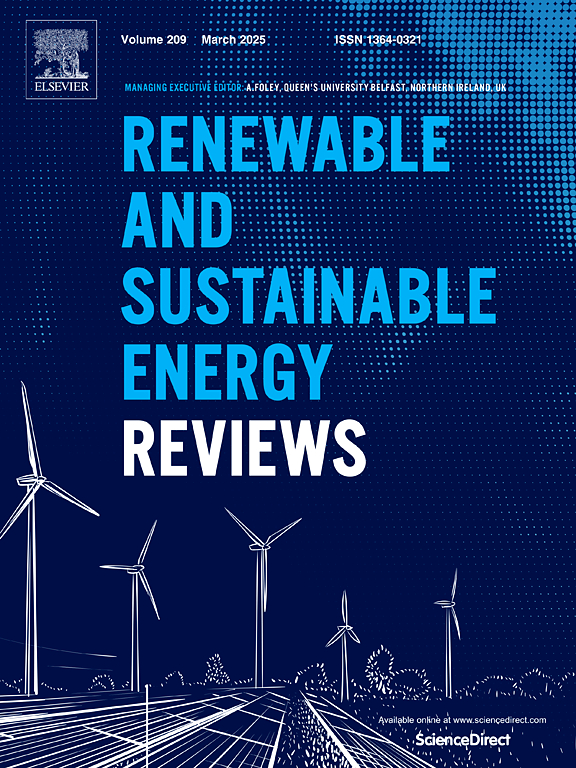The current contribution of wild animal proteins has been poorly quantified, particularly in the rapidly growing urban centers of tropical forests. Lack of such evidence impairs food security strategies to include the diversity of food supply inherent to traditional food systems. In this study we focus on wild sources of animal protein: wild fish and bushmeat, which have traditionally been important in people's diets in the Amazon. We analyze their consumption frequencies as compared to domestic and processed meat in a rural to urban gradient in Amazonas, Colombia. Our results show that, despite its geographical position, the region is increasingly dependent on domestic and industrialized sources of animal protein. The frequency of wild fish and bushmeat consumption decreases from rural to urban areas to the advantage of domestic and processed meat/fish. Patterns of animal protein consumption for indigenous children indicate that indigenous families adopt non-indigenous consumption patterns when they move to town. Bushmeat consumption in urban areas is more frequent in wealthier families and could be considered as a luxury product. In urban areas, chicken is the protein of the poor and beef replaces chicken for the families that can afford it. In rural settings, chicken replaces wild sources of animal protein as people increase their income and move away from forest/agriculture dependent livelihoods. The increased consumption of industrial chicken in rural communities poses important food security and ecologic concerns. Despite, the low importance of bushmeat and wild fish in urban areas measured in terms of consumption, we show that these foods continue to play an important role in terms of dietary diversity, which is fundamental to eradicate energy and micronutrient deficiencies. In conclusion our results call for a better attention to the changes observed in diets in the Amazon, given their potential health and nutrition consequences.
Download:
DOI:
https://doi.org/10.15451/ec2015-7-4.6-1-12
Altmetric score:
Dimensions Citation Count:

























